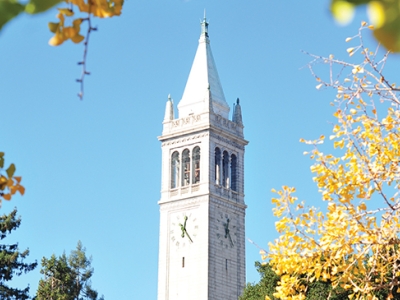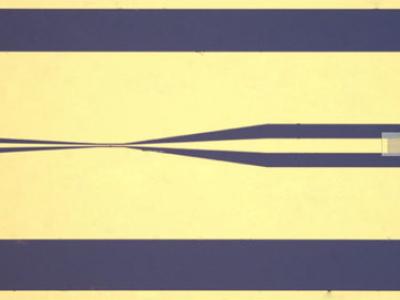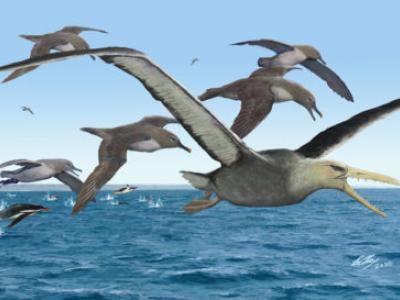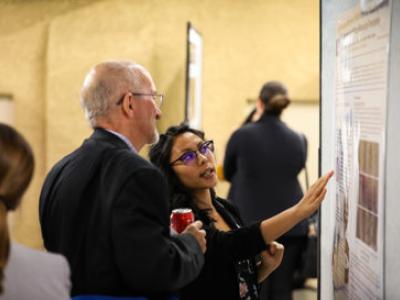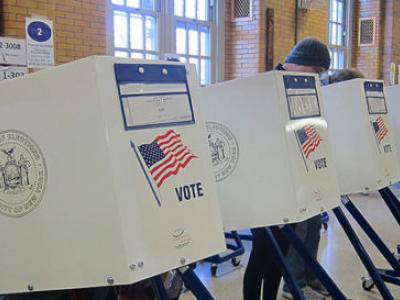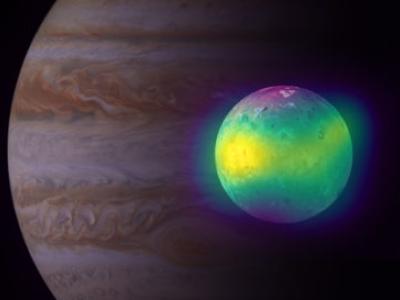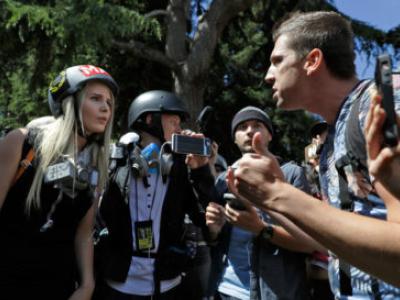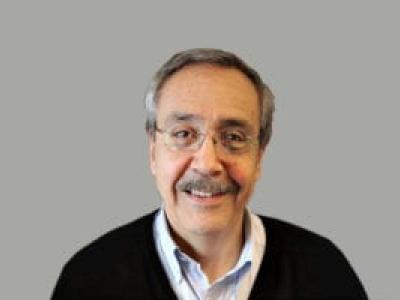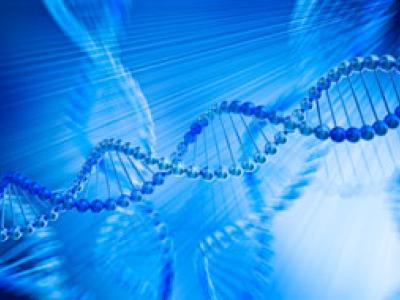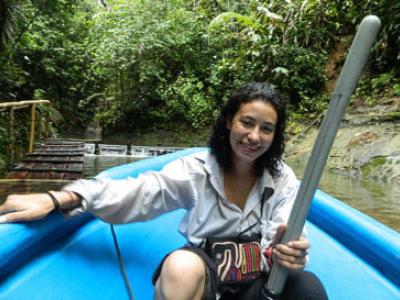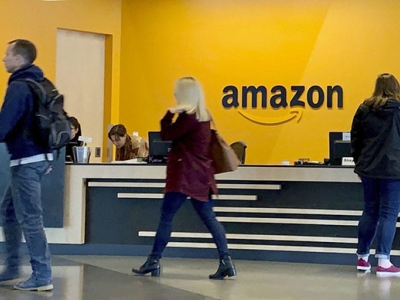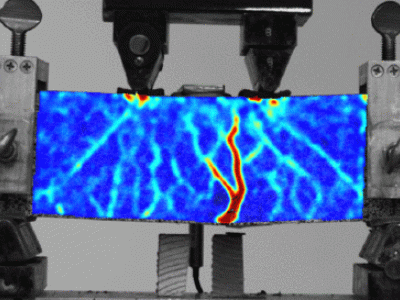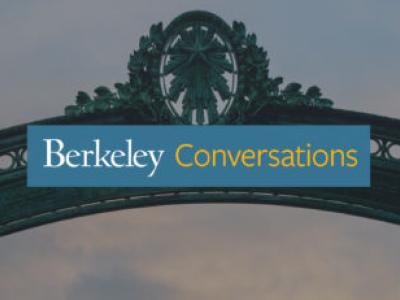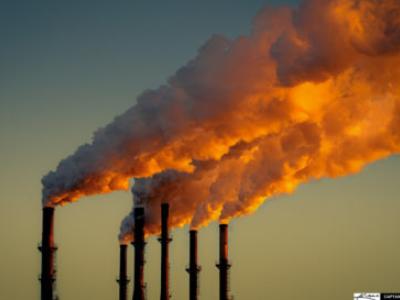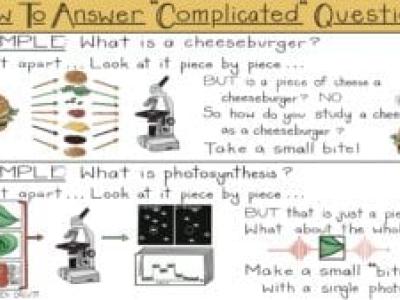The 2020 U.S. presidential election is fraught with ways in which the integrity and security of the results can be unduly influenced, according to five UC Berkeley experts.
Research News
Learn more about UC Berkeley's researchers and innovators.
Showing 1153 - 1168 of 3459 Results
Spintronic devices are attractive alternatives to conventional computer chips, providing digital information storage that is highly energy efficient and also relatively easy to manufacture on a large scale. However, these devices, which rely on magnetic memory, are still hindered by their relatively slow speeds, compared to conventional electronic chips.
Fossils recovered from Antarctica in the 1980s represent the oldest giant members of an extinct group of birds that patrolled the southern oceans with wingspans of up to 21 feet that would dwarf the 11½-foot wingspan of today’s largest bird, the wandering albatross.
If underrepresented groups make up 30% of the increasingly diverse U.S. population, why do they represent less than 5% of the faculty nationwide, less than 6% of postdoctoral scholars and only about 10% of Ph.D. students in key STEM fields — mathematical, physical and environmental sciences, and engineering?
How confident should you be in election polls? Not nearly as confident as the pollsters claim, according to a new Berkeley Haas study.
The atmosphere on Jupiter’s moon Io is a witches’ brew, composed primarily of the sulfurous exhalations of more than 400 volcanoes that dot the surface.
How can the partisan divide be bridged when conservatives and liberals consume the same political content, yet interpret it through their own biased lens?
A new report from the California Policy Lab at UC Berkeley finds that a greater number of people booked into custody in California would be released before their arraignments if California voters approve Proposition 25 in November and bail reform is implemented state-wide.
Howard Hughes Medical Institute Investigator, Raymond and Beverly Sackler Chair and Professor of Biochemistry, Biophysics and Structural Biology Carlos Bustamante has been awarded the 2021 Biophysical Society (BPS) Kazuhiko Kinosita Award in Single-Molecule Biophysics.
In a study published today in the journal Cell, UC Berkeley Nutritional Sciences and Toxicology professor Anders Näär led a group of researchers from 12 institutions in the United States and Europe, to better understand a region on the second human chromosome previously linked to both the digestion of milk and metabolic disorders.
English has become the de facto language of science: International conferences are held in English, the world’s top scientific journals are in English and academics in non-English speaking countries get promoted based on their publications in English language journals. Even scientific jargon is in English — most non-English speakers use English terms and don’t bother inventing equivalent words in their native languages.
AI has helped “superstar” firms such as Amazon, JPMorgan Chase, and UnitedHealth, get even bigger, according to a new paper co-authored by Berkeley Haas Assistant Professor Anastassia Fedyk.
Researchers at UC Berkeley have developed a new way to reinforce concrete with a polymer lattice, an advance that could rival other polymer-based enhancements and improve concrete’s ductility while reducing the material’s carbon emissions.
Generations of racism shaped the structures of the United States, working into the very DNA of our institutions and culture. Simply reforming the structures won’t do, a panel of experts said Friday, Oct. 9 at a UC Berkeley event. Instead, the experts urged, we must work to build a more just world.
Air pollution has disproportionately hurt minority and low-income communities, leading to reduced life expectancy, research has found. Yet a lack of data has stymied efforts to quantify the problem—and its causes—nationwide.
Like many other labs, Graham Fleming’s group is focusing on interdisciplinary techniques to make new discoveries and explore the mysteries of fundamental processes. Chemistry graduate student Kaydren Orcutt highlights how researchers can combine physics and biology, generating single photons in a bid to unentangle the mysteries of photosynthesis.

